The Zigma Spark 980 is a relatively cheap way to get in on room mapping LiDAR capability that doesn't break the bank. What's more is that it can also do mopping, so you have your 2-in-1 machine in one package. Let's see how it holds up.
| Specifications | |
|---|---|
| Max Suction Power | 3000Pa (4000Pa "Upgraded" version) |
| Runtime | 140mins |
| Battery capacity | 3200mAh |
| Charging time | 4-6 hours |
| Storage capacity | 600ml |
| Water tank | 360ml |
| Dimensions / Weight | 330 x 300 x 95mm / 2.8kg 12.99 x 11.81 x 3.74 inches / 5.94 pounds |
| Climbing Height | 1.5cm |
| Cleaning Area | 120-150 m² |
| Smarthome support | Siri/Google Home/Alexa |
| Smartmapping | 360° AI Laser Navigation 4.0 (LiDAR) + SLAM |
| Price | £249.85 / €299.99 / $299.99 |
First impressions
Zigma sent me the "Upgraded" Spark 980 (which has a max 4000Pa suction power) in a flat pack box, which was conveniently double boxed so that the inner box with the hand grip could be stowed somewhere with the parts or replacements you don't need. On first look, everything is presented neatly with clear instructions on how to get started.
In the box
- Zigma Spark 980 x1
- Dust box x1
- Water tank x1
- Power adapter x1
- Charging seat x1
- Remote Control x1
- HEPA Filter x2
- Side Brush x4
- Mop x2
- Cleaning Brush x1
Design
Once again, design aesthetics over function have appeared to win out in the decision-making process, because the Spark 980 is almost completely glossy black, meaning it is both a fingerprint and dust magnet. For a machine that's supposed to replace a daily hand vacuuming task, one would maybe consider that these things shouldn't need to be a centerpiece in the room with glossy black reflective finish, more of a background item that does the job and doesn't draw too much attention to itself.
However, I must point out that I was pleased to see that the dust box can be removed while the robovac is charging, because it is on the opposite side of the charge ports, this was a good decision in the design process.
On the bottom of the Spark 980, you can secure two side sweepers and either the dustbox or the mop attachment with a cloth that is attached entirely by Velcro strips. Flipping the Spark 980 over, you have access to the top buttons and the dust or water tank. The water tank has a capacity of 360ml which is enough for three full passes of my ground floor. Oddly enough the water tank is a small compartment across the front of the attachment rather than utilizing the entire compartment, the rest is left open for the brush to "capture" dust and crumbs, since that's all it can do without the motor that is located in the dust box attachment.
Getting started
First of all, you will have to download the Zigma app, which you can look for on the Apple App Store or Google Play, or scan the QR code on the Quick Start card that is included in the box. Then power on the Spark 980 and hold down the standby button for five seconds until you hear a beep, this will set it into receive Wi-Fi codes mode. Then open the Zigma app and add a device by scanning the QR code on the side of the Spark 980. The app requires your phone to be on the 2.4GHz Wi-Fi because the Spark 980 does not support being connected to the 5GHz band. The connection process works much in the same way as other robovacs, it's hit or miss. I had to attempt it twice before it connected.
As I mentioned before, a bonus here is that you can access and swap out the dust box or water tank while the Spark 980 is docked, however I found that too much movement triggered it to start the redocking process, so you might want to hit the power button to turn it off, before managing the attachments.
One thing I discovered by accident is that when the Spark 980 is turned upside down, it will power off after a certain amount of time, which is a good safety feature. You'll need to turn it over once in a while to clean the drop sensors (more on that later) or check the brush for excess dust clogging.
Once you are paired up and you have enough charge, you can simply tap Start Clean in the app to do a Auto clean, which is the default setting. This will map the area for the first time while doing a clean depending on the mode you have selected.
As you can see with the above images, it takes the Spark 980 around 30 minutes to clean the ground floor of my house, which is around 5 minutes quicker than the Neabot Q11 takes to do the same floor area. Moving back to the app, the first image shows the total number of devices in the Home, tapping on "Robot" (which is what I named it) will navigate to the cleaning management.
Upon first use, it will completely map the cleaning area, and on tapping the top-right 3 dots menu you can find more Spark 980 functions such as editing the device nickname, breakpoint sweeping; which lets it continue off where it last stopped on the last clean, language settings, and the volume adjustment of the robovac - which can get quite loud. There's also an "enhanced crossing obstacles" mode, but with just a 1.5cm climb height, I haven't found it to be any more useful off than on.
Back on the main device page, tapping on "record" takes you into the Cleaning Report page which gives you a detailed report on how often you have used the device, which for me is just over three weeks. On the top right you can view the Map Record, which gives you a detailed path the Spark 980 took each time it cleaned.
The app itself is clear and there are no obvious "Engrish" terms to get confused with. Everything makes sense, and after a bit of looking around you'll be able to find what you need easily.
Usage
I should probably mention that the Spark 980 comes with a remote control, which is great if you don't have access to a smartphone, but I use the Zigma app to control it and I don't have any pets to chase with the remote control function, so I did not use it, but the option also sets it apart from the more premium offerings that don't come bundled with a remote control.
Like most LiDAR enabled robovacs, the Spark 980 has an "obstacle avoidance" system. Rather than just bashing into table legs and chairs, it stops short of these obstacles and moves forward or around them. I've found that the Spark 980 avoids curtains altogether, giving them a really wide berth.
As you can see from the above images, that's about as close as it gets to my curtains, which are drawn at night when the clean is scheduled.
If you have a few places where it tends to get stuck, you can set up restricted areas right from the start page of the Spark 980, just tap the right icon on the populated map, when tapped, three items slide into view that let you manage the Clean Zone, No-go zone, and Map Manager.
When using the Spark 980 in vacuum mode, on the auto mode it will automatically give the entire mapped area one pass, only while it is in operation can you change the suction power on the fly by swiping up as you can see from the image above. I even did a little test and emptied my bread toaster catch tray. For one pass it's not bad, but I think twice would have been more appropriate here.
Under my coffee table, I have a medium pile rug which the Spark 980 cleans thoroughly well and more often than not, it manages to navigate past a spot on the rug near the coffee table leg which is black, where other robot vacuums have stopped dead and detected as a drop, triggered by the "cliff sensor". This is a well-known problem of robot vacuums, black carpet, black lines, or black streaks as in my case, in carpets are mostly detected as drops. The Spark 980 has this problem and actually offers an in app help which tells you to clean the drop sensors on the underside, but ideally, you don't want to find it in a false drop state at all. The above image shows how I moved it a bit and then tapped Start Clean to resume, and it again stopped with the drop error.
In my short three weeks of use, I've found that after cleaning the drop sensors, I'll be okay for a week before it detect the same area of my rug as a drop again, meaning I have to clean the drop sensors on the underside again.
When in mopping mode with the water tank attached, the same swipe up menu lets you adjust the water flow level, which by default is on medium. It gives good cover for what the mop can reach, but unfortunately as can be seen in the above images, the robovacs desire to avoid obstacles like the floors' edge to the wall, means that the mop misses about an inch of floor to the wall.
The charging dock has a radio beacon so that the Spark 980 can find its way back home to recharge. In my experience, it has never failed to find the charging dock, but you are going to want to ensure it is in a place where you have a bit of free space around it. This is also suggested in the manual.
As previously mentioned, tapping on the right floating icon (which can be moved up or down) lets three items slide into view that let you manage the Clean Zone, No-go zone and Map Manager.
Clean Zone is simply spot cleaning, but the nice thing about it is that it isn't limited to a couple of square meters, you can drag the box to whatever size you want and the Spark 980 will clean that area you selected.
No-go zone is exactly what it says, it lets you set multiple No-go areas in two functions, a "virtual wall" or No-go zone box that you can drag and resize to what you want. You can add multiple No-go zones, in my testing it was not necessary to add any virtual walls or No-go zones, because it didn't really get stuck anywhere in my ground floor aside from the false drop I mentioned earlier.
And finally, there is the Map Manager which lets you save a map of each cleaning area, like a ground floor and first floor, you can save different maps and set the appropriate one for use, you can also give these maps a unique name, which is what I did for my Ground floor.
Conclusion
I should mention that the Spark 980 is fully compatible with Google Home, Alexa, and Siri but I did not test this myself, I don't have a smart speaker and I don't really use Google Home which is the only one of the three I have access to, it's bad enough that my phone is always listening for "Hey Google" without placing such a smart speaker in the home too, but if you like that, this robovac is fully compatible.
I was a bit disappointed with a couple of things, the first most obvious is the failure to get up close and personal with walls, I can forgive walls, but maybe the bump controller should be better calibrated for curtains, there's no real density or weight movement here with curtains so it should be able to dismiss them as an obstacle.
The second is the choice to separate the dust and water compartments. You'll see in the gallery below that the water tank clearly has room for the dust collection and water, yet these are two separate units. When I asked my contact about this, I was told that the water tank was designed like it is to meet stability requirements of the robovac. I have used robovacs with a combined dust and water tank, but these did not house the motor in the tank like this one does, which is I guess the tradeoff here. I feel like an opportunity was missed to combine two cleaning functions like others already do, and that, for me, docks it another point off the total score.
A plus is definitely the app, it is clear and doesn't look like it was translated by someone who barely knows any English. I also like how you can give maps unique names and rename the robot, which although minor, is not possible with the Neabot and Proscenic apps that I have tried.
As I say with each of these robovac reviews, they need a little help too sometimes. As you can see in the above image, I make the Kitchen robovac-friendly before I go to bed. It's up to you, of course, but I like having the entire space under my Kitchen island cleaned, not just parts of it.
Right now it can be had on Amazon for $299.99 which is not bad at all for a LiDAR equipped 2-in1 robovac, until recently that was what you were paying for a robovac without a mopping mode. I've had it in use for almost a month, and the large 600ml dust box capacity means I have yet to empty it after weeks of cleaning. If you don't want to spend over $500 on such a thing with a self-emptying dustbin then this is definitely a good start in the mid range, especially as it is already covered by all of the main smart home assistants.
Get the Zigma Smart 980 for $299.99 at Amazon
As an Amazon Associate, Neowin may earn commission from qualifying purchases.


























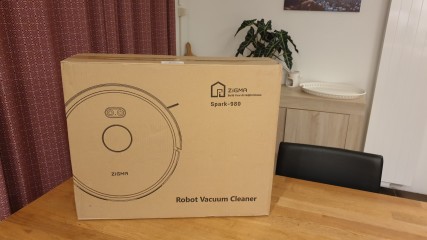

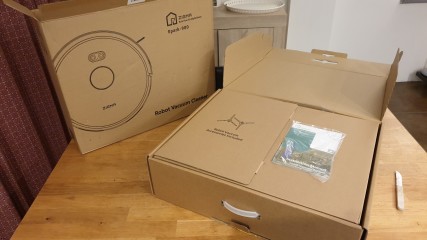
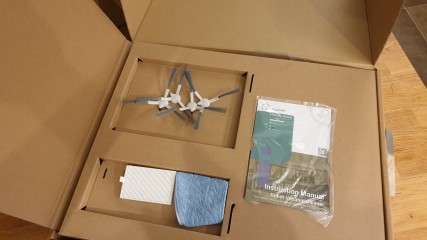




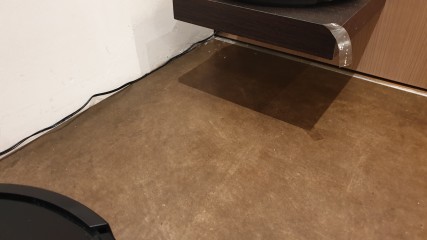


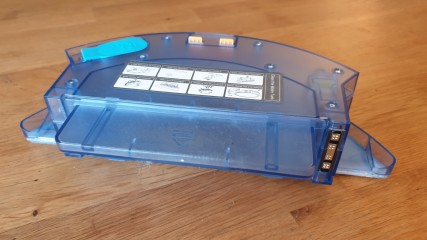

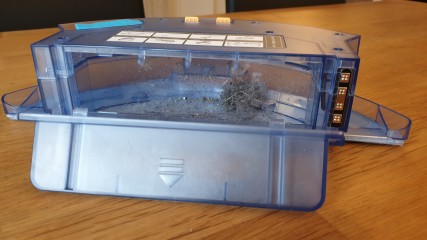
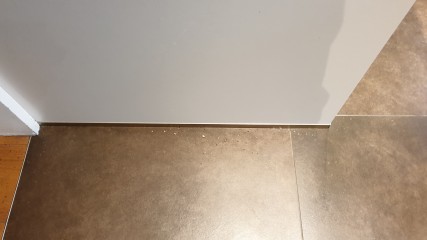
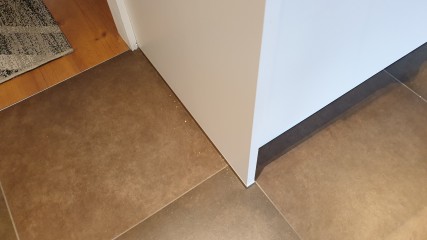

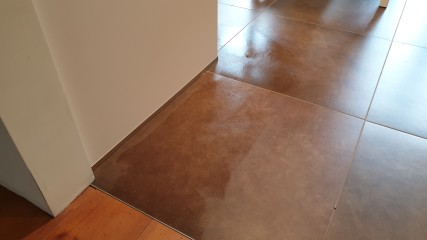



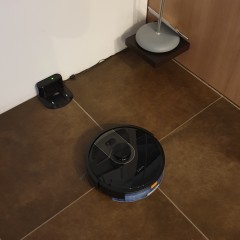
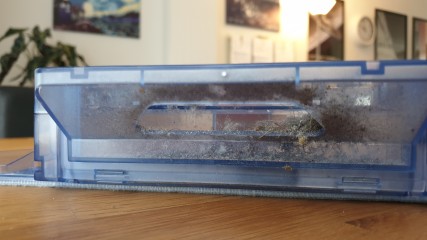
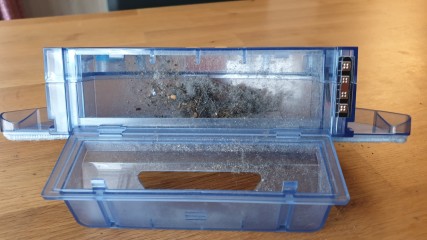

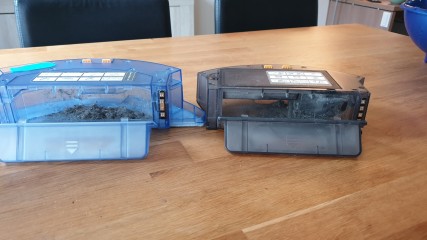
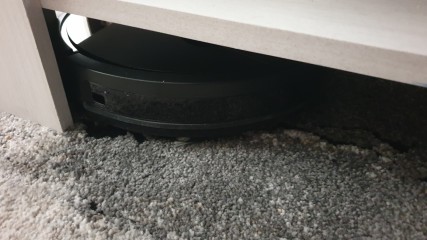
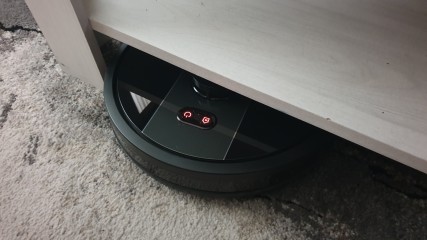
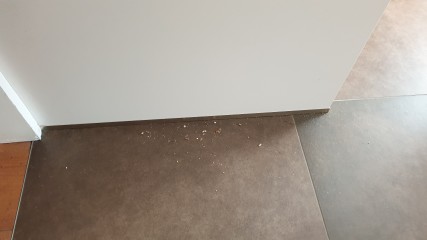

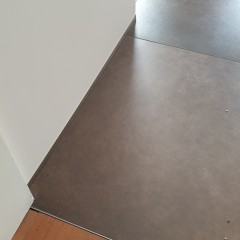
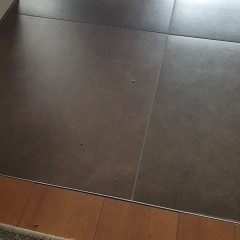

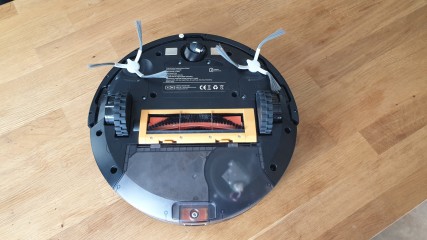




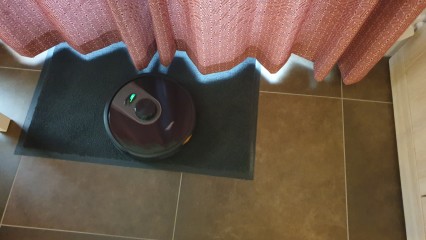









0 Comments - Add comment